Old hall
Oswald Mosley who bought the land on which the hall was built in 1609 from the Byrons of Clayton Hall, was a nephew of Sir Nicholas Mosley. The house was sequestered by Parliament after Oswald's son Nicholas Mosley supported the king in the Civil War, but was returned after payment of a £120 fine. The house remained in the family until Sir John Mosley inherited it from a cousin in 1779 and preferring to live on his estate in Staffordshire, sold it. [1] For a period the embalmed body of Hannah Beswick (known as the Manchester Mummy) was kept at the Hall. [2]
In his book, Lancashire Gleanings (1883), William Axon tells of the "curious Manchester tradition" that the Young Pretender, Charles Edward Stuart, visited the town, in disguise, in 1744 and stayed with Sir Oswald Mosley at Ancoats Hall for several weeks, to assess whether the people of Manchester were "attached to the interests of his family". The following year, when the Jacobite army rode into Manchester, a young girl was said to have recognised the prince as the "handsome young man of genteel deportment" who had stayed at the Hall and who came to the Swan Inn, where she lived, to read the London newspapers three times a week. As the prince passed by the inn with his army in 1745 she exclaimed, "Father, father, that is the gentleman who gave me the half-crown" but her father drove her back into the house with severe threats if she ever mentioned that circumstance again. Axon was not fully convinced by the story as he could find no other evidence for it other than an account in the Sir Oswald Mosley's Family Memoirs, printed for private circulation.
According to Aiken in 1795, the old hall stood facing north-west on Ancoats Lane (a continuation of Great Ancoats Street). Its terraced back gardens sloped towards the River Medlock. The two-storey hall had attics and a hipped roof. It was constructed in timber and plaster. Its front had three gables and a square tower and the back and its west wing had been rebuilt. Britton, in 1807 described its upper storeys as overhanging the ground floor, and windows projecting from the face of the building. [1]

Ordsall Hall is a large former manor house in the historic parish of Ordsall, Lancashire, now part of the City of Salford, in Greater Manchester, England. It dates back more than 750 years, although the oldest surviving parts of the present hall were built in the 15th century. The most important period of Ordsall Hall's life was as the family seat of the Radclyffe family, who lived in the house for more than 300 years. The hall was the setting for William Harrison Ainsworth's 1842 novel Guy Fawkes, written around the plausible although unsubstantiated local story that the Gunpowder Plot of 1605 was planned in the house.
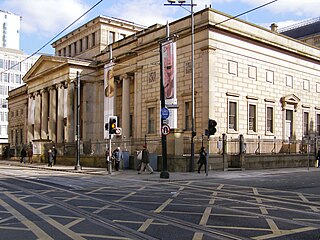
Manchester Art Gallery, formerly Manchester City Art Gallery, is a publicly owned art museum on Mosley Street in Manchester city centre, England. The main gallery premises were built for a learned society in 1823 and today its collection occupies three connected buildings, two of which were designed by Sir Charles Barry. Both of Barry's buildings are listed. The building that links them was designed by Hopkins Architects following an architectural design competition managed by RIBA Competitions. It opened in 2002 following a major renovation and expansion project undertaken by the art gallery.

Ancoats is an area of Manchester, England, next to the Northern Quarter, the northern part of Manchester city centre.

Collyhurst is an inner city area of Manchester, England, 1.5 miles (2.4 km) northeast of the city centre on Rochdale Road (A664) and Oldham Road (A62), bounded by Smedley, Harpurhey and Monsall to the north, Miles Platting to the east, Ancoats to the south, and the River Irk to the west. Prominent buildings include two Roman Catholic churches, St Patrick's and St Malachy's.

Sir Edwin Alliott Verdon Roe OBE, Hon. FRAeS, FIAS was a pioneer English pilot and aircraft manufacturer, and founder in 1910 of the Avro company. After experimenting with model aeroplanes, he made flight trials in 1907–1908 with a full-size biplane at Brooklands, near Weybridge in Surrey, and officially became the first Englishman to fly an all-British machine a year later, with a triplane, on the Walthamstow Marshes.
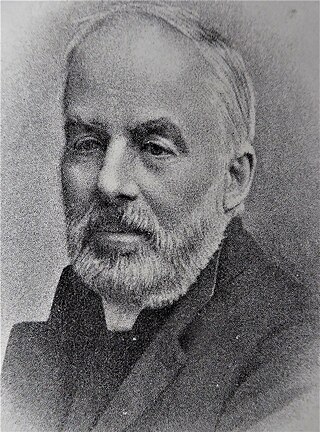
William Nassau Molesworth was an English priest, historian and vegan. He was a priest for the Church of England's parish church in Manchester.
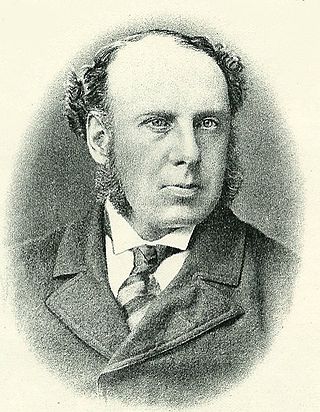
Sir William Henry Houldsworth, 1st Baronet was a British mill-owner in Reddish, Lancashire. He was Conservative MP for Manchester North West from 1883 to 1906, and sometime chairman of the Fine Cotton Spinners' Association. He was made a baronet in 1887.
There have been three baronetcies created for members of the Mosley family, one in the Baronetage of England and two in the Baronetage of Great Britain. Only one creation is extant. Since 1980, the title has been held jointly with Baron Ravensdale in the Peerage of the United Kingdom.

Sir Oswald Mosley, 2nd Baronet, was an English aristocrat, politician, historian and naturalist. He served as a Member of Parliament (MP) for several constituencies, authored several works in the aforementioned subjects and was High Sheriff of Staffordshire in 1814. A prominent Staffordshire landowner, he succeeded as the 2nd Baronet Mosley, of Ancoats, in 1798.

Beehive Mill is a Grade II* listed former cotton mill in the district of Ancoats in Manchester, England. It is located on a site surrounded by Radium Street, Jersey Street, Bengal Street and Naval Street.

Sir Oswald Mosley, 4th Baronet, was a British baronet and landowner.
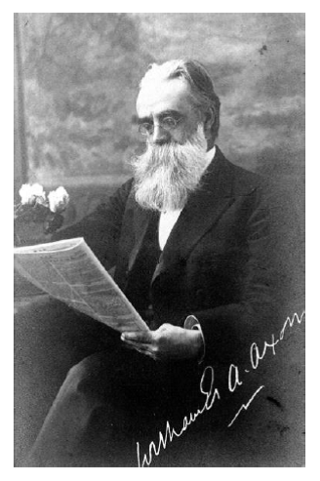
William Edward Armytage Axon was an English librarian, antiquary and journalist for the Manchester Guardian. He contributed to the Dictionary of National Biography under his initials W. E. A. A. He was also a notable vegetarianism activist.
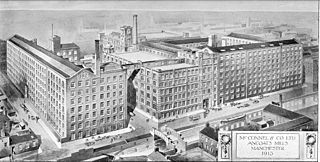
McConnel & Kennedy Mills are a group of cotton mills on Redhill Street in Ancoats, Manchester, England. With the adjoining Murrays' Mills, they form a nationally important group.

Sir Nicholas Mosley was an English merchant who served as Lord Mayor of London in 1599.

Manchester's first bank was the Manchester Bank of Byrom, Allen, Sedgwick and Place on Bank Street in 1771. Over the next century many new banks were founded. They built impressive buildings in the city. The Co-operative Bank was formed in 1872 as the Loan and Deposit Department of Manchester's Co-operative Wholesale Society, becoming the CWS Bank four years later. However, the bank did not become a registered company until 1971. Its global headquarters is in Balloon Street, and the group headquarters is in the Co-operative Insurance Tower on Miller Street.
Thomas Coglan Horsfall (1841–1932) was a noted philanthropist, town planner, writer and founder of the Manchester Art Museum in Ancoats Hall.
The Manchester Art Museum, also known as the Horsfall Museum or Ancoats Museum, was an art museum in Manchester, England, from 1877 until 1953. It was begun as an educational venture in 1877 by Thomas Coglan Horsfall, who had been inspired by John Ruskin to provide education and inspiration to the working classes. In 1886 the museum was moved to Ancoats Hall. The collection included a wide range of items including paintings, engravings, photographs, reproductions, antiquities, ceramics, glass, metalwork, natural history specimens, and images of Manchester.

St John's Church, Manchester, also known as St John's, Deansgate, was an Anglican parish church in Manchester, England, established in 1769 and demolished in 1931. Its site is now that of St John's Gardens, situated between Lower Byrom Street, Byrom Street and Quay Street.
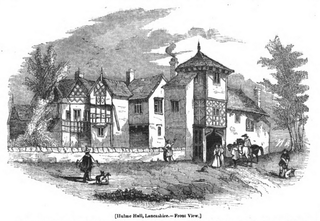
Hulme Hall was a manor house adjacent to the River Irwell in Hulme, Manchester, England. A structure of this name existed from at least the time of Henry II (1133–1189) until its demolition around 1840 during development related to the Bridgewater Canal. Owners included the Prestwich and the Mosley baronets prior to the property being bought from George Lloyd in 1764 by Francis Egerton, 3rd Duke of Bridgewater.
Sir John Parker Mosley, 1st Baronet of Ancoats (1732–1798) was an English landowner and baronet.

















